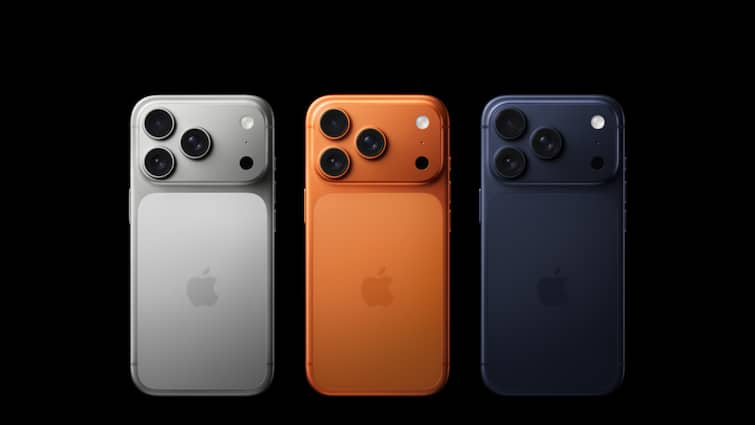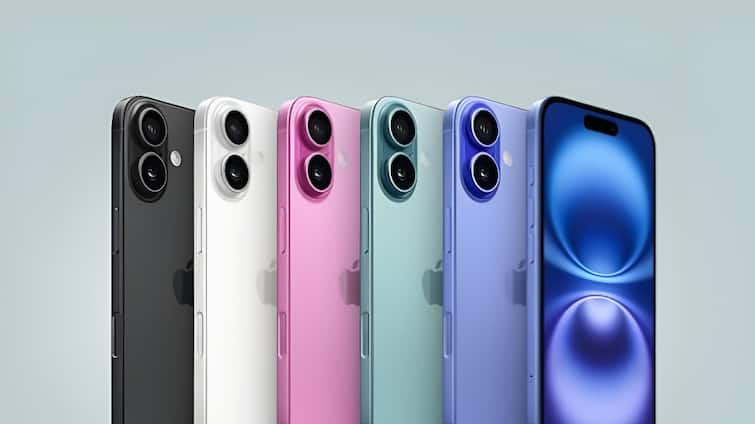Apple’s iPhone 17 series has seen stronger early sales than its predecessor in China and the United States, according to research firm Counterpoint. Within the first ten days of availability, the new models outsold the iPhone 16 series by 14% across the two markets. The base iPhone 17, in particular, performed well, with sales almost doubling in China compared to the iPhone 16 and rising 31% across both countries.
Analysts say upgrades such as better chips, improved displays, and higher storage may have attracted buyers, even at the same price as last year.
iPhone 17 Sales In China Show Strong Growth
In China, the base iPhone 17 saw a substantial increase in demand. Compared with the iPhone 16 during its first 10 days, the new model’s sales nearly doubled.
Counterpoint highlighted that the combination of performance improvements, display upgrades, and a better front camera contributed to the higher sales.
Early adopters in China seem particularly interested in the base model, which offers these upgrades while remaining at a similar price point as last year’s iPhone 16.
iPhone 17 Early US Sales Beat Expectations
In the United States, the iPhone 17 also showed stronger performance than the iPhone 16, with overall sales rising by 14% during the first 10 days.
The base model recorded a 31% increase in combined sales across China and the US, indicating that consumer interest is spread across both markets.
Analysts noted that the balance of price and feature improvements, including upgraded chips and higher base storage, may have played a role.
While exact unit numbers were not disclosed, the report suggests the iPhone 17 is off to a solid start globally.
The iPhone 17 series was launched in September in multiple countries, including China and the US. Counterpoint’s analysis focuses on early adoption trends rather than long-term performance.
The report reflects short-term consumer interest and highlights how incremental upgrades can influence buyer decisions in major smartphone markets.
The base model’s strong showing emphasises that consumers often respond positively to value-for-money improvements, even if design changes are modest.



